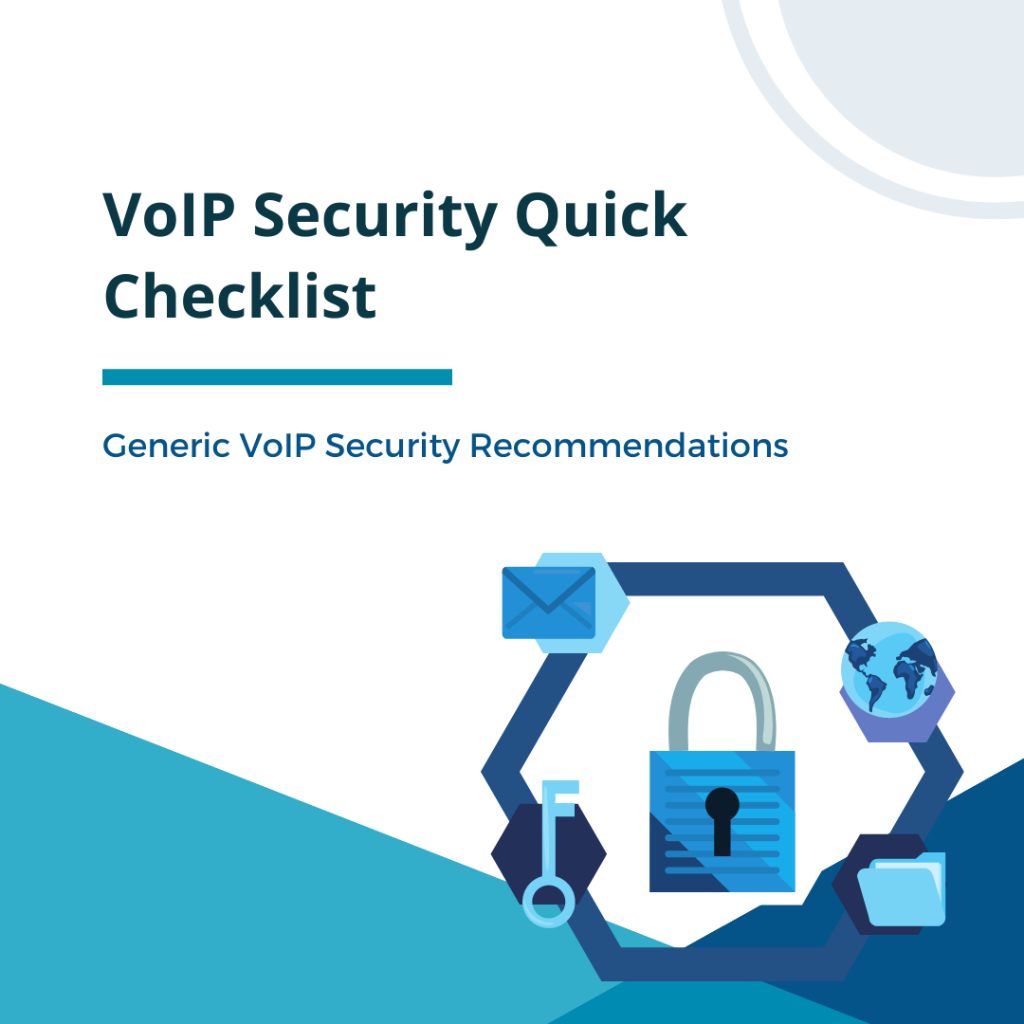Introduction:
In today’s interconnected world, Voice over Internet Protocol (VoIP) has emerged as a cost-effective and flexible solution for modern communication needs. As a system administrator responsible for maintaining a VoIP Private Branch Exchange (PBX) on-premise, security should be your top priority. Securing your PBX is crucial to protect sensitive voice data, prevent unauthorised access, and maintain the integrity of your communication infrastructure. In this article, we will explore essential security measures that system administrators can implement to strengthen the security of their on-premise VoIP PBX.
1. Regularly Update and Patch Your PBX:
Keeping your PBX software up to date is essential to mitigate security vulnerabilities. Stay informed about the latest security patches and updates released by your PBX vendor, and promptly apply them to your system. Regularly monitoring the vendor’s security advisories and following best practices for patch management will help you stay ahead of potential threats.
2. Employ Strong Authentication Mechanisms:
Implementing robust authentication mechanisms is vital to prevent unauthorised access to your PBX system. Enforce strong passwords and educate users about password security best practices. Additionally, consider implementing multi-factor authentication (MFA) to add an extra layer of security. MFA requires users to provide additional proof of identity, such as a fingerprint or a one-time password, along with their username and password.
3. Utilize Secure Transport Protocols:
Ensure that your VoIP PBX uses secure transport protocols, such as Transport Layer Security (TLS) or Secure Real-time Transport Protocol (SRTP), to encrypt voice traffic. Encryption prevents eavesdropping and safeguards the confidentiality and integrity of your communications. Properly configure your PBX to utilise these protocols and regularly review and update the encryption settings to align with industry best practices.
4. Implement Network Segmentation:
Network segmentation is a critical security measure that isolates your PBX system from other network segments, minimising the risk of unauthorised access. By segmenting your network, you can create separate zones for voice traffic, administrative tasks, and other services. Apply strict access controls between segments, and limit communication pathways to ensure that only authorised traffic can access the PBX infrastructure.
5. Regularly Monitor and Audit:
Implement a robust monitoring and auditing system to detect any abnormal activities and potential security breaches. Monitor network traffic, logs, and system events to identify anomalies or unauthorised access attempts. Employ intrusion detection and prevention systems (IDPS) to proactively detect and mitigate security threats. Regularly review and analyse log files to identify patterns or signs of malicious activity.
6. Enforce Strong Firewall and Intrusion Prevention Rules:
Implement a well-configured firewall to secure your PBX from external threats. Define strict firewall rules to allow only necessary incoming and outgoing traffic. Regularly update and review these rules to prevent any unauthorised access. Intrusion prevention systems (IPS) can complement your firewall by detecting and blocking suspicious activities in real-time.
7. Train and Educate Users:
Human error is often a significant factor in security breaches. Educate your users, including employees and administrators, about the importance of following security protocols and best practices. Conduct regular security awareness training sessions to raise awareness about social engineering, phishing attacks, and other common tactics used by hackers. Encourage a culture of security consciousness throughout your organization.
Conclusion:
As a system administrator responsible for an on-premise VoIP PBX, securing your communication infrastructure should be a top priority. By following the essential security measures outlined in this article, you can significantly reduce the risk of unauthorised access, data breaches, and service disruptions. Regularly update and patch your PBX, enforce strong authentication mechanisms, utilise secure transport protocols, implement network segmentation, and monitor and


